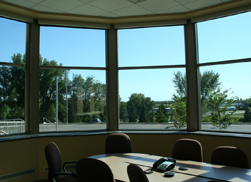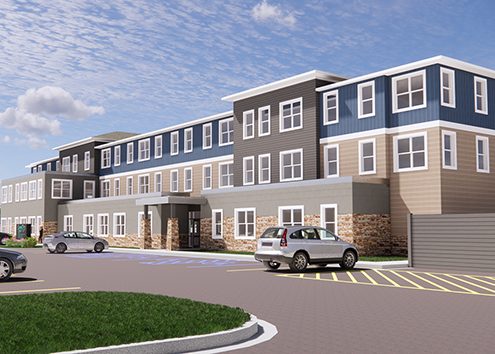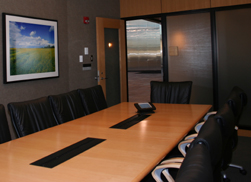The buildings in which we live, work, and play protect us from Nature’s extremes, yet they also affect our health and environment in countless ways. The design, construction, operation, maintenance, and removal of buildings takes enormous amounts of energy, water, and materials, and generates large quantities of waste, air and water pollution, as well as creating stormwater runoff and heat islands. Buildings also develop their own indoor environments, which present an array of health challenges. Where and how they are built affects wildlife habitat and corridors and the hydrologic cycle, while influencing the overall quality of human life.
As the environmental impact of buildings becomes more apparent, a new field called green building is gaining momentum. Green or sustainable building is the practice of creating healthier and more resource-efficient models of construction, renovation, operation, maintenance, and demolition. Research and experience increasingly demonstrate that when buildings are designed and operated with their lifecycle impacts in mind, they can provide great environmental, economic, and social benefits. Elements of green building include:
- Energy Efficiency and Renewable Energy
- Water Stewardship
- Environmentally Preferable Building Materials and Specifications
- Waste Reduction
- Toxins
- Indoor Environment
- Smart Growth and Sustainable Development



